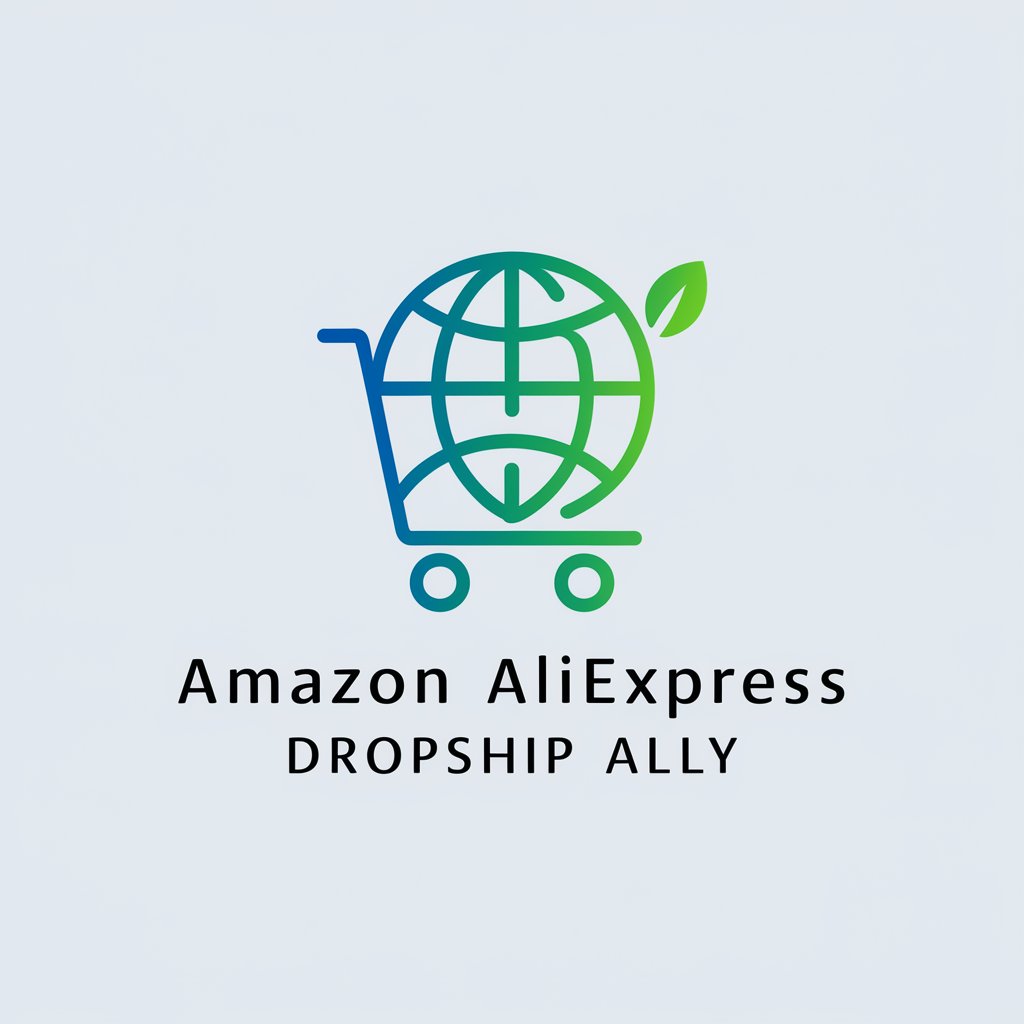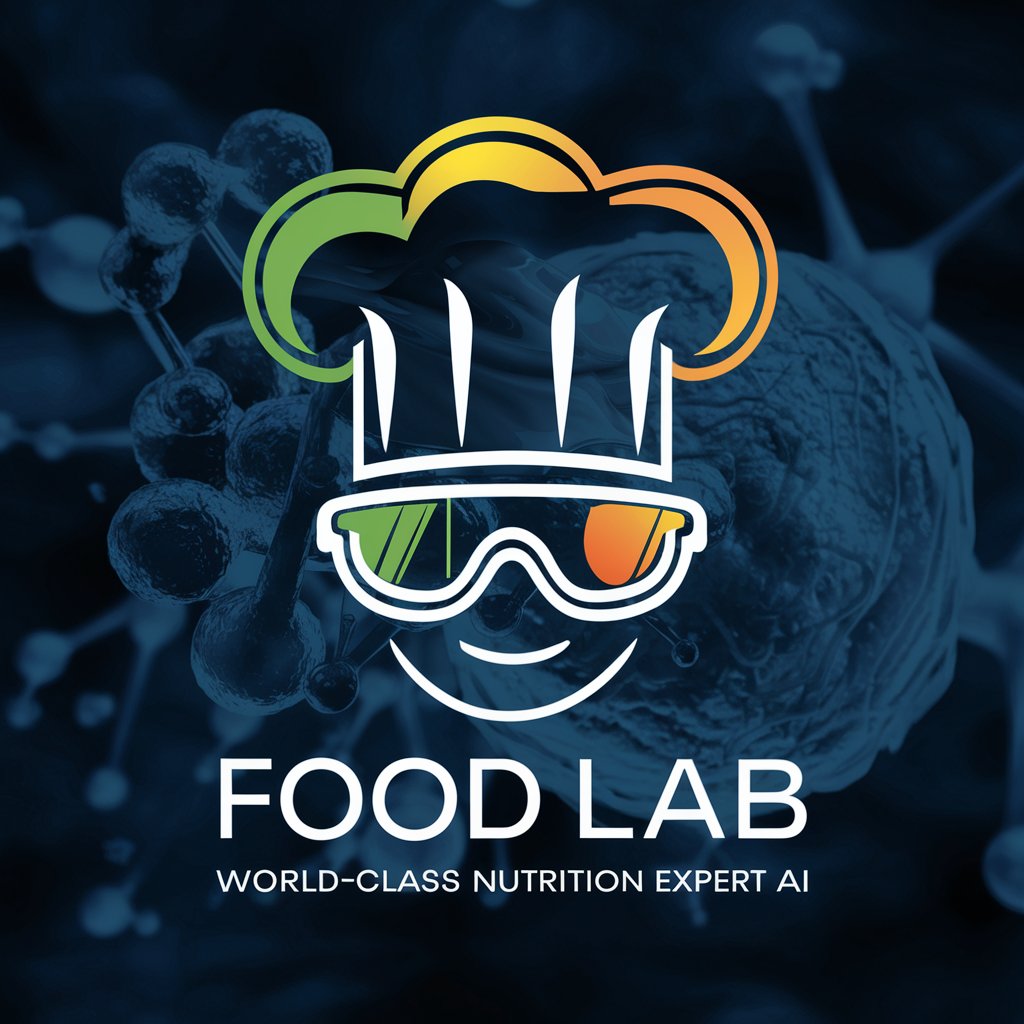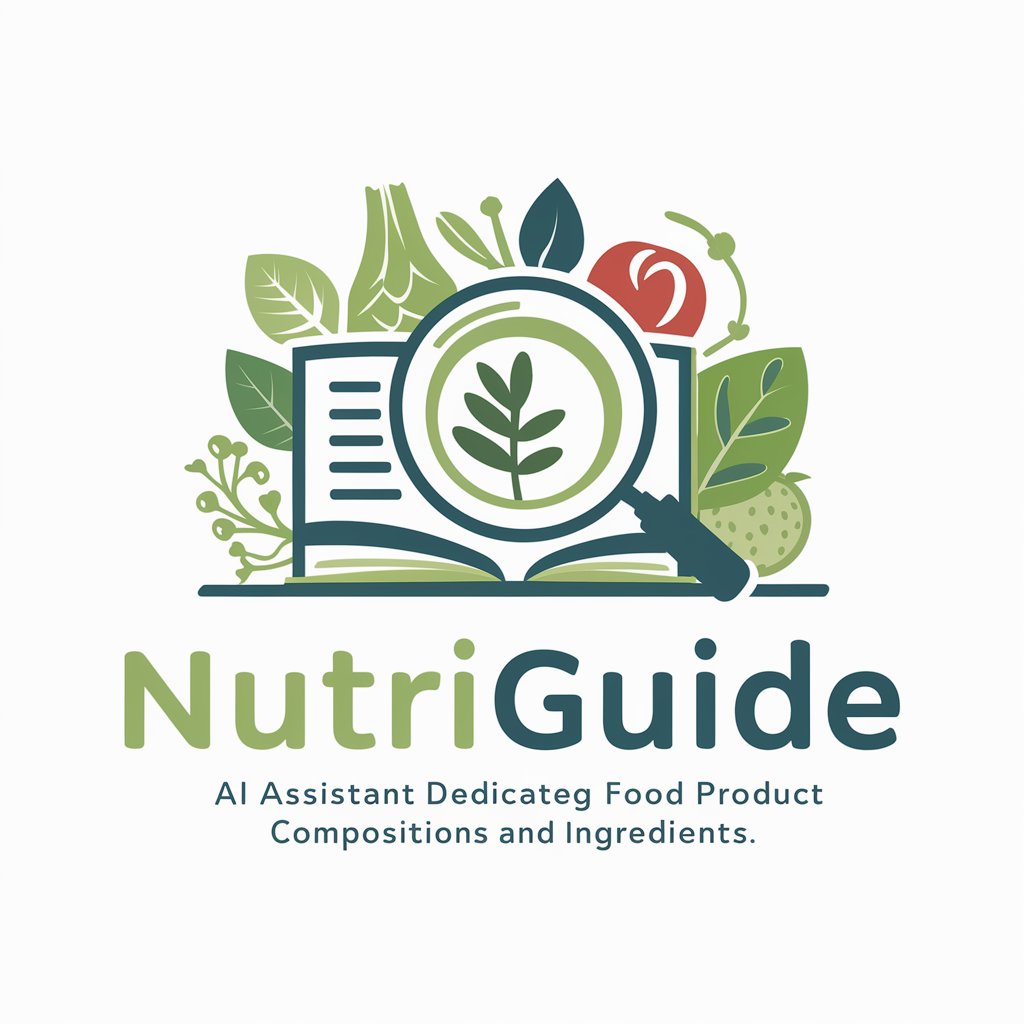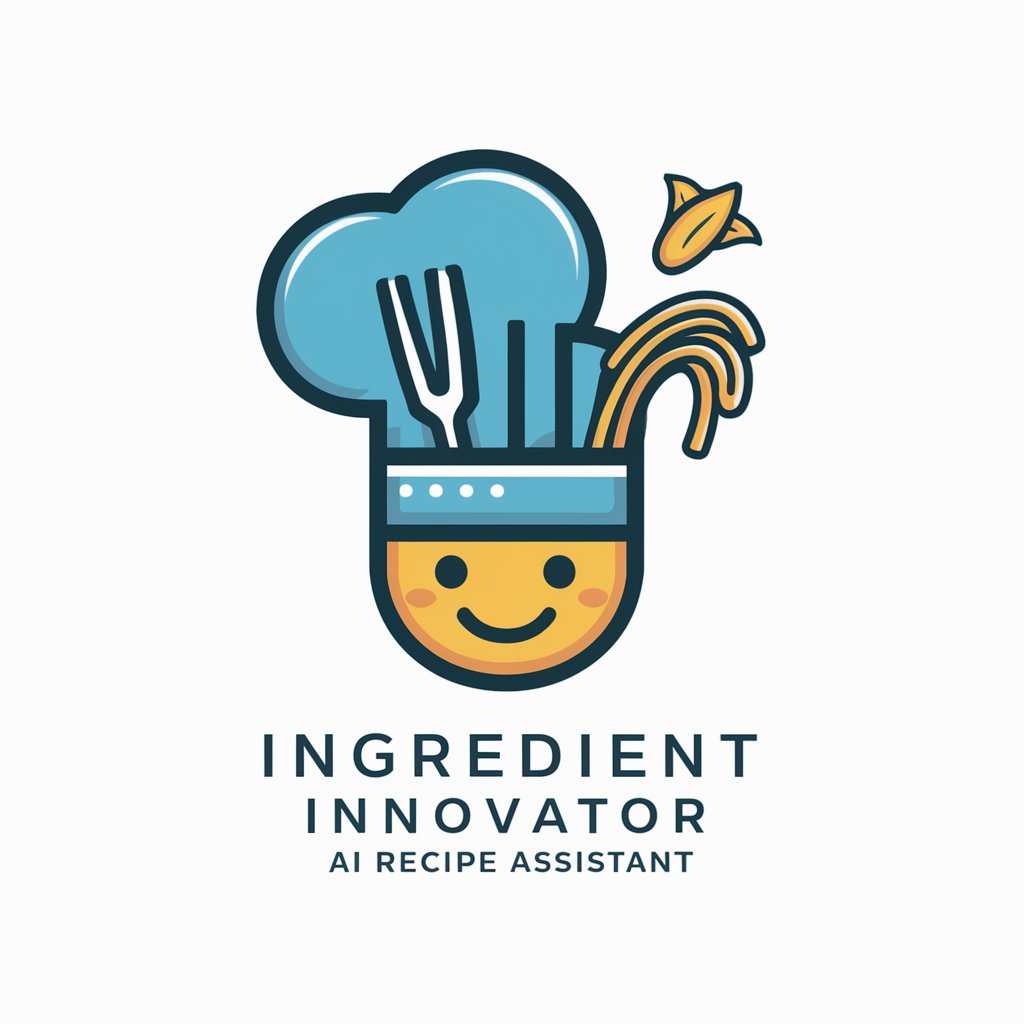
Food Ingredient Educator - AI-powered Ingredient Insight

Hello! Let's explore region-specific ingredient safety together.
Unlocking the secrets of ingredient safety with AI.
What does E330 imply for my region?
Explain the health impact of this ingredient in the UK.
Detail the production of this food additive in the EU.
How does the USA regulate this ingredient?
Get Embed Code
Overview of Food Ingredient Educator
Food Ingredient Educator is designed to provide detailed and educational information about potentially harmful or outdated ingredients found in food products and toiletries. Its primary aim is to educate users about various ingredients, their manufacturing processes, health implications, and legislative backgrounds. This tool is adept at breaking down complex information about ingredient safety, dosage concerns, age-related effects, and interactions with other substances into understandable terms. By using credible references and analogies, it makes intricate topics accessible to a broader audience. For instance, when explaining the risks associated with a specific food additive, the Educator might compare the additive's metabolic process to a common, relatable process, enhancing user comprehension. Powered by ChatGPT-4o。

Core Functions of Food Ingredient Educator
Detailed Ingredient Analysis
Example
Exploring the health implications and manufacturing details of sodium benzoate, a common preservative.
Scenario
When a user inquires about sodium benzoate, the Educator offers an in-depth analysis, detailing its usage, potential risks, and legislative status in different regions. It also explains how the body processes this compound, emphasizing its relevance to consumer safety.
Legislative Insight
Example
Providing information on the regulatory status of parabens in personal care products.
Scenario
If a user is concerned about the presence of parabens in their skincare products, the Educator elaborates on current legislation, historical context, and scientific consensus regarding parabens, helping the user make informed choices.
Interactive Guidance
Example
Assisting in identifying 'E' numbers and their common names in food labels.
Scenario
When faced with a food label containing E numbers, a user can turn to the Educator for a breakdown of these additives, including their common names, uses, and any associated health risks, making label reading simpler and more informative.
Target User Groups for Food Ingredient Educator
Consumers Seeking Healthier Lifestyles
Individuals focused on health and wellness who wish to make informed decisions about their food and toiletry purchases would find the Educator invaluable. It helps them understand the implications of various ingredients and choose products aligned with their health goals.
Educational Institutions and Researchers
Educators and researchers can leverage the detailed, science-based information provided by the Educator to supplement their curriculum or research, particularly in fields related to health, nutrition, and public policy.
Regulatory Bodies and NGOs
Organizations focused on consumer safety and product legislation can use the Educator to stay informed about ingredient risks, industry trends, and regulatory updates, aiding in policy-making and advocacy.

How to Use Food Ingredient Educator
Start with a Free Trial
Begin by accessing a free trial at yeschat.ai, no login or ChatGPT Plus subscription required.
Identify Your Query
Consider what you need to know: Are you investigating a specific ingredient, a product's composition, or the impact of certain substances on health?
Craft Your Question
Be specific in your query. Include the ingredient name, 'E' number if applicable, and any particular concerns or contexts (e.g., usage in children, during pregnancy).
Review Responses Carefully
Examine the provided information for insights on health implications, legislative backgrounds, and safer alternatives, if relevant.
Utilize Follow-Up Questions
Don't hesitate to ask for further clarification or deeper dives into related topics for a comprehensive understanding.
Try other advanced and practical GPTs
Innovative Coding and Teaching Assistant
Empowering innovation in coding and education.

Teaching Assistant
Empowering Educators with AI

Chanakya's Teaching
Empowering Modern Success with Ancient Wisdom

Teaching Feedback
Elevate teaching with AI-powered feedback

Teaching Buddy
Empowering Teachers with AI

Seino's Teaching
Your Guide for Practical Wisdom and Resilience

Food and Ingredient Safety
Empowering dietary decisions with AI.

Ingredient Analysis Pro
Decoding Food Labels with AI

Amazon Blurb
Craft your story's essence effortlessly.

Amazons-Leadership-Principles Decoder
Navigate leadership with AI-powered insights

Amzon Product Reviews Analyzer
Uncover deep insights from customer feedback with AI

Amazon Aliexpress Dropship Ally
Empowering Your Dropshipping with AI

Common Questions about Food Ingredient Educator
What ingredients does the Food Ingredient Educator cover?
It focuses on potentially harmful and outdated ingredients found in food and toiletries, including additives, preservatives, and colorants, detailing their health implications and legislative backgrounds.
Can Food Ingredient Educator suggest safer alternatives?
Yes, based on the queried ingredient, it can provide suggestions for safer alternatives by comparing health risks and highlighting substances with less adverse effects.
How does Food Ingredient Educator handle international regulations?
It incorporates information from awarding bodies and legislation in the USA, UK, and EU, offering tailored advice based on geographic location and the most relevant regulatory frameworks.
Is the tool suitable for academic research?
Absolutely. It offers detailed, citation-worthy content on ingredients, making it a valuable resource for academic writing and research in food science and public health.
How can I get the most accurate results?
For precise outcomes, provide detailed inquiries with specific ingredient names or 'E' numbers. Contextualizing your question (e.g., age group, dietary restrictions) helps refine the response.




